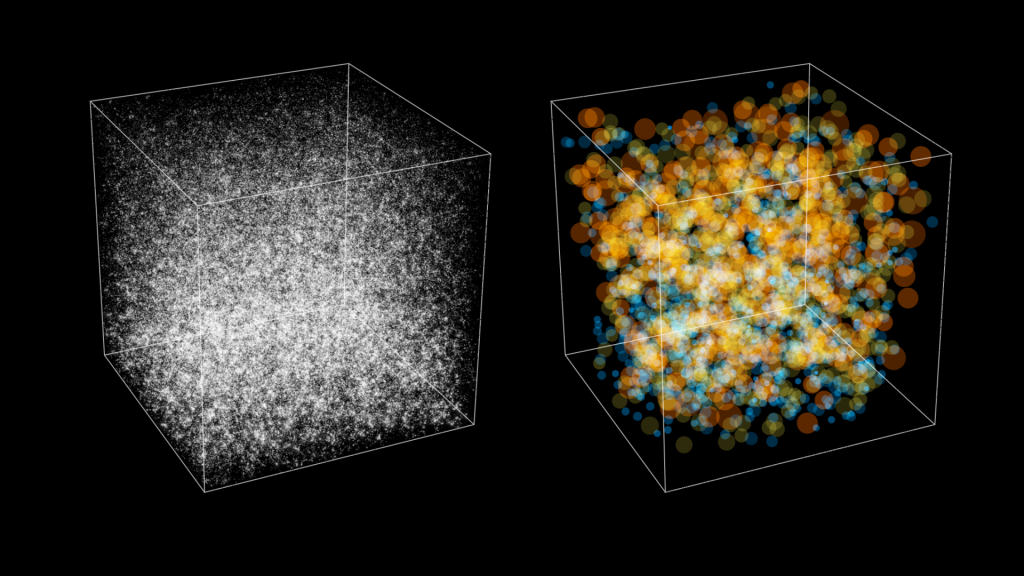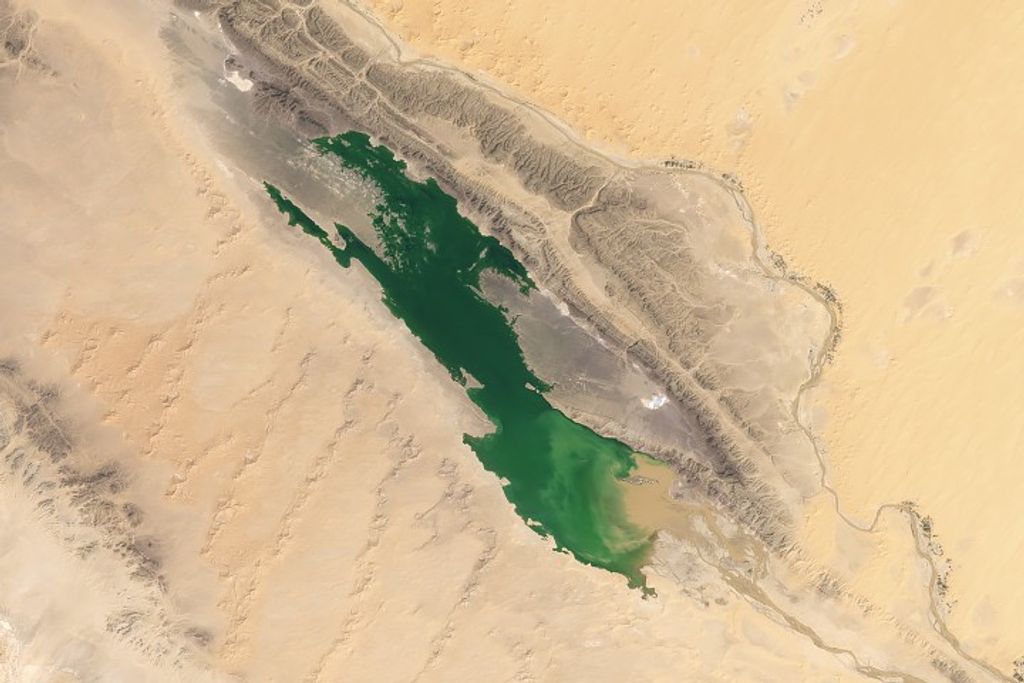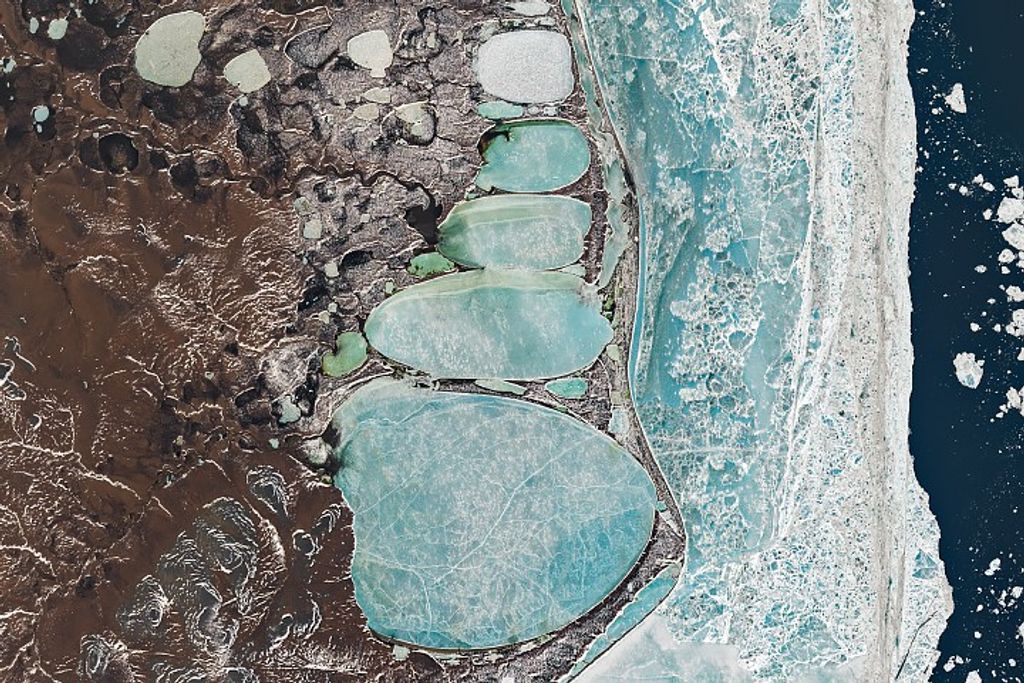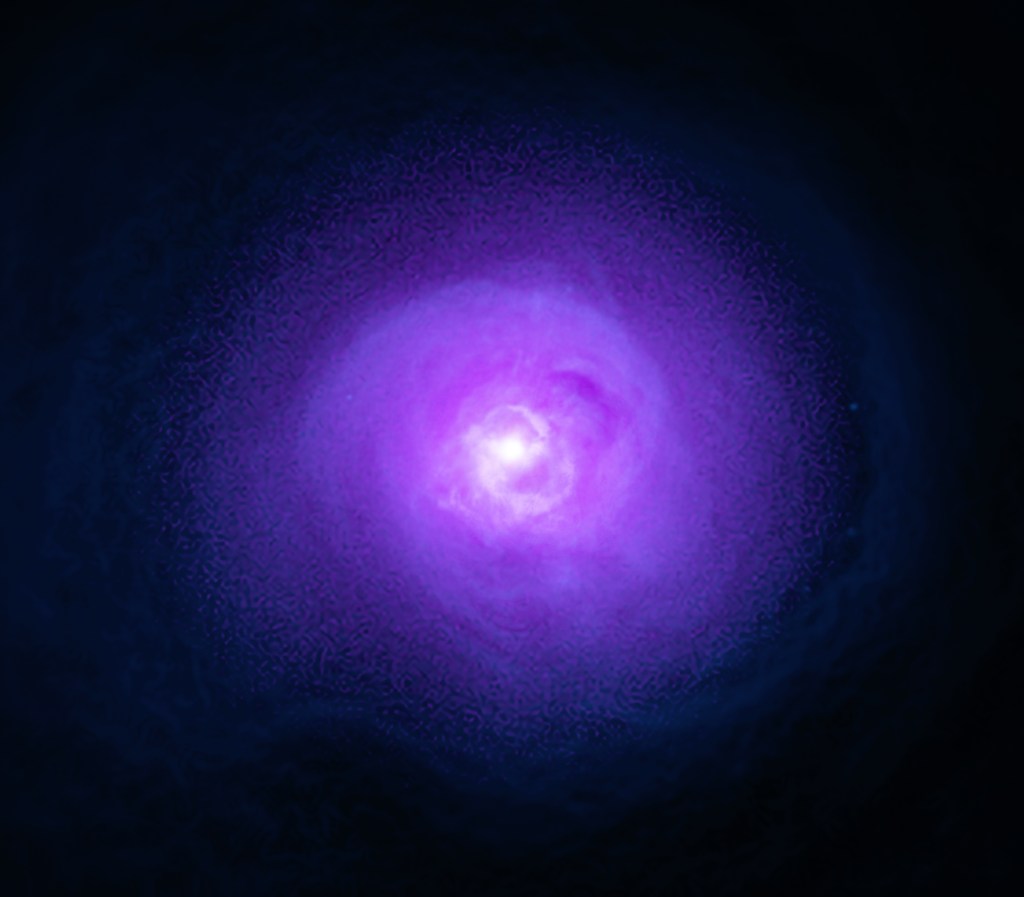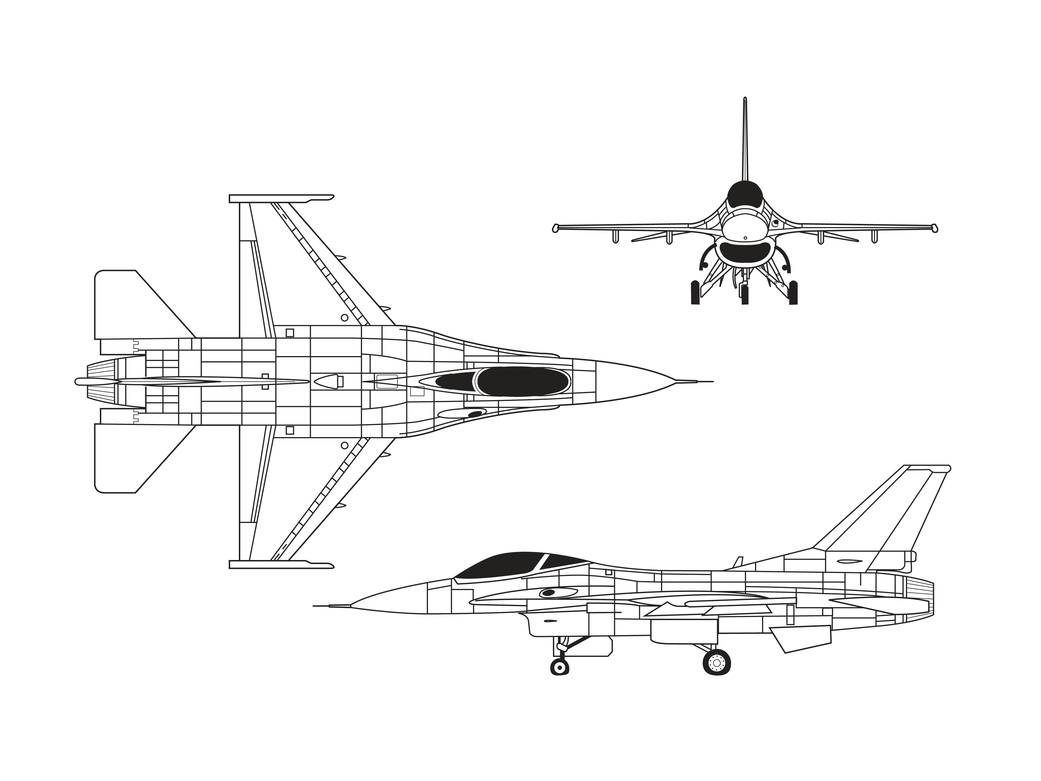EG-0034-01
The Advanced Fighter Technology Integration (AFTI) F-16 phase I tests began following its arrival at Dryden on July 15, 1982. The initial flights checked out the airplane’s stability and control systems.These included a triplex digital flight control computer system, and the two triangular “chin” canards mounted under the aircraft’s intake, which form an inverted “V”-shape. These canards allow the AFTI F-16 to make flat turns. By late December 1982, tests began of the Voice Command System. This allowed the pilot to change switch positions, display formats, and modes simply by saying the correct word. The initial tests were of the system’s ability to recognize words. Later tests were made under increasing levels of noise, vibrations, and G-forces. These showed a 90 percent success rate. Later tests were also made of a helmet-mounted sight. The AFTI F-16’s 100th flight was made on July 15, 1983. The phase I tests concluded soon after, and on July 30, 1983, the aircraft left Dryden and was flown back to the General Dynamics facility at Fort Worth, Texas. In all, 118 flights had been made, totaling 177.3 hours of flight time.
The AFTI F-16 was returned to General Dynamics in mid-1987 for installation of a data link and repair work. This took seven months, and the aircraft returned to Dryden on January 22, 1988. At that time, a close-air support test program was planned, but the schedule was uncertain. This finally began in the summer of 1991, and was focused on demonstrating technologies to find and destroy ground targets by day or night, and in bad weather. This made use of low altitude and maneuvering, and was known as close air support and battlefield air interdiction. One change to the aircraft for this series of tests was the addition of two forward-looking infrared turrets. They were mounted on the nose, just ahead of the canopy, and looked like two bulging eyes. As part of these tests, three different night vision helmets. As the pilot moved his head, the turrets follow his line-of-sight and transmits their images to eyepieces in his helmet…Learn more



